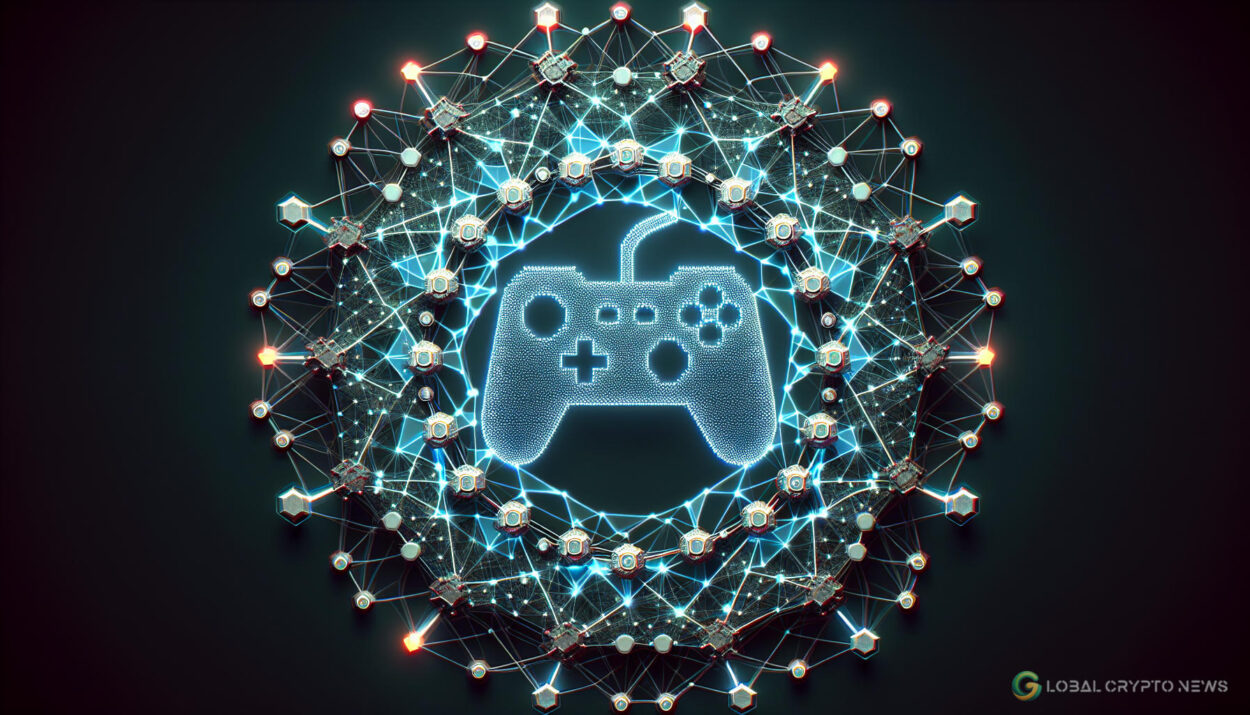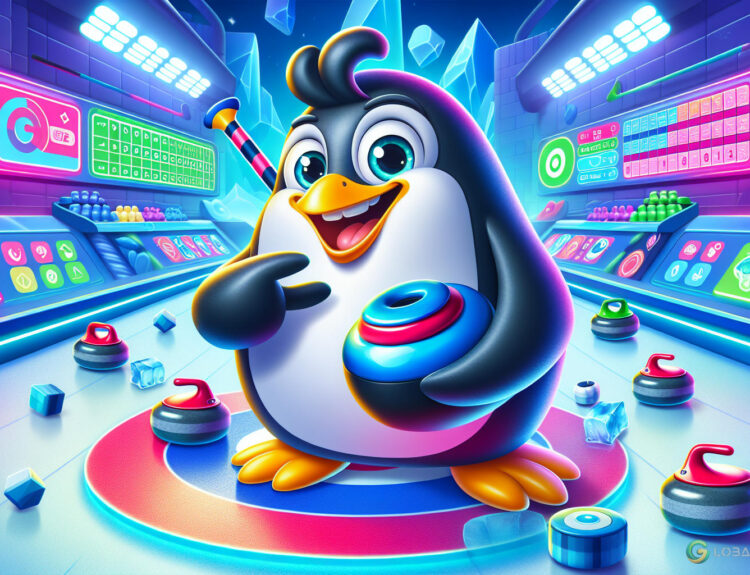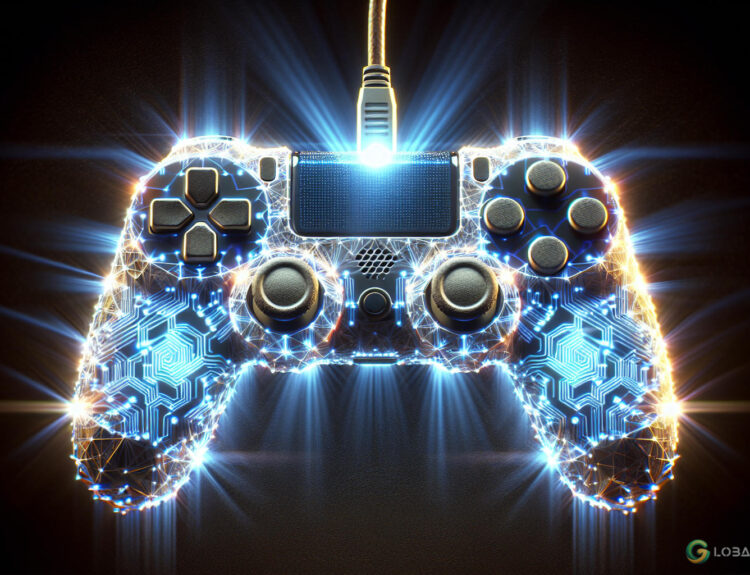Disclosure: The views and opinions expressed here belong solely to the author and do not represent the views and opinions of Global Crypto News’ editorial team.
Web3 Gaming: A Key Driver in the Blockchain Space
Gaming continues to be a significant force behind web3, accounting for nearly one-third of daily active users in decentralized applications (dApps). As millions of users embrace GameFi, blockchain games are evolving to handle the increasing demand. This includes the development of game-oriented blockchains, which simplify user experience (UX) and onboarding, attracting new players and fueling further growth.
Blockchain Gaming on the Rise
Blockchain gaming is experiencing unprecedented growth. In May 2024, the number of daily unique active wallets (dUAW) in the industry reached three million, setting a new all-time high. Just two months later, GameFi’s dUAW hit four million, representing roughly one-third of the daily users in the entire dApp market, which totals 15 million users.
In the early days, blockchain games were niche, with enthusiasts enduring inefficiencies and poor UX. Developers soon realized the ecosystem needed to be more scalable to grow. Constant congestion and high transaction fees were major issues, highlighting the need for more efficient gaming blockchains.
The Emergence of Game-Oriented Blockchains
One of the first scalable blockchains was WAX, initially designed for e-commerce but later pivoted to gaming. Today, WAX ranks among the top ten gaming blockchains with 132,000 daily active wallets. Another notable blockchain is Ronin, developed by Sky Mavis, the creators of Axie Infinity. Ronin’s proof-of-authority and later delegated proof-of-stake consensus mechanisms reduced energy consumption and transaction fees, making it a preferred network for gaming.
By June 2024, Ronin’s daily active users surpassed two million, outpacing other blockchains like Tron and Solana. However, building dedicated blockchains is time-consuming and costly, prompting the industry to explore Layer-2 (L2) and Layer-3 (L3) infrastructure.
Advancements in L2 and L3 Infrastructure
Following Ronin’s launch, Ethereum began its scaling journey with L2 solutions like Optimism and Arbitrum, which significantly reduced gas fees and increased throughput. L3 networks further enhanced scalability, reducing block time to 100-300 ms and enabling near-instant transaction finality. These advancements allow for processing thousands of transactions per second, compared to Ethereum L1’s 12-15 TPS.
Gaming-focused L3s, such as PlayBlock on Arbitrum Orbit, offer innovations like account abstraction, relayer technology for gasless transactions, and self-custodial wallets based on the ERC-4337 standard. These features simplify blockchain gaming, making it accessible to millions of web2 users who were previously deterred by complexities.
The Future of Gaming Blockchains
Today’s GameFi developers prioritize L2 and L3 chains for their scalability and customizability. With major corporations like Sony entering the space with projects like Soneium blockchain, it’s likely we’ll see more gaming-focused blockchains from other industry giants. L2 and L3 solutions are easier to launch and allow for rapid innovation, paving the way for GameFi to become mainstream.
Stay updated with the latest developments in blockchain gaming and more on Global Crypto News.
Yaniv Baruch, chief operating officer at Playnance, is an experienced fintech professional with a career spanning since 2004. He has held key roles in reputable fintech and web3 companies, acquiring valuable expertise in fintech, the GameFi industry, and the blockchain space.
























